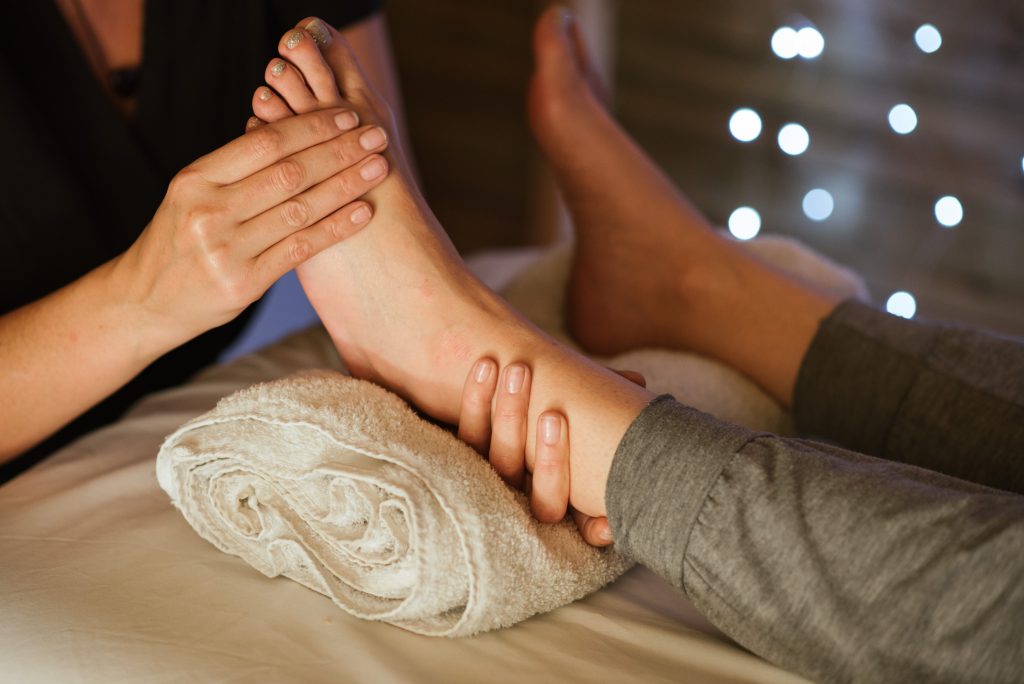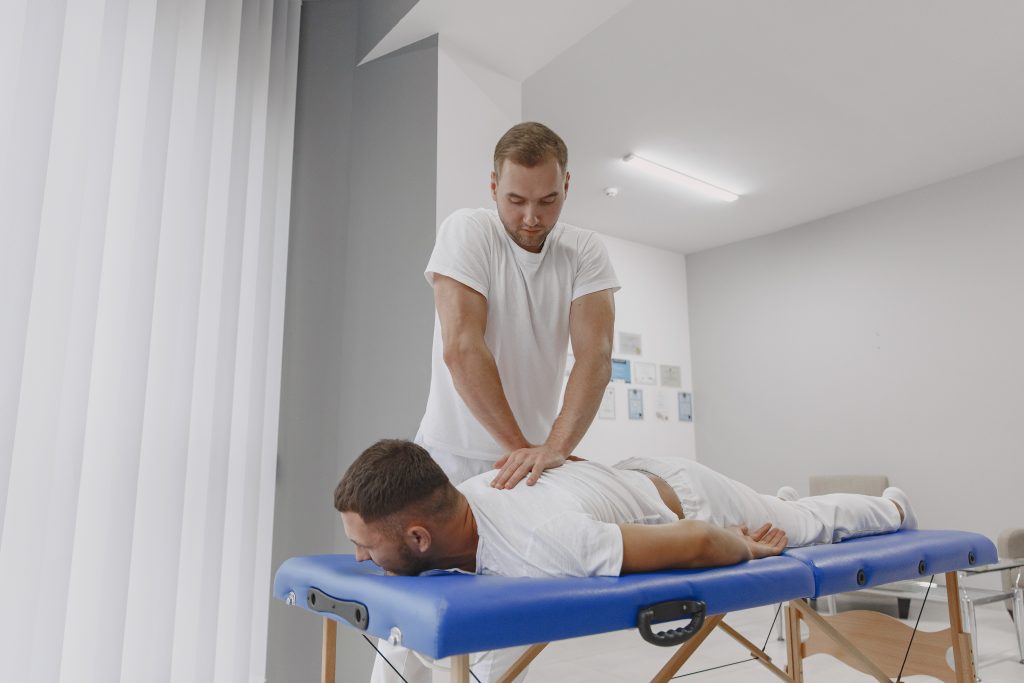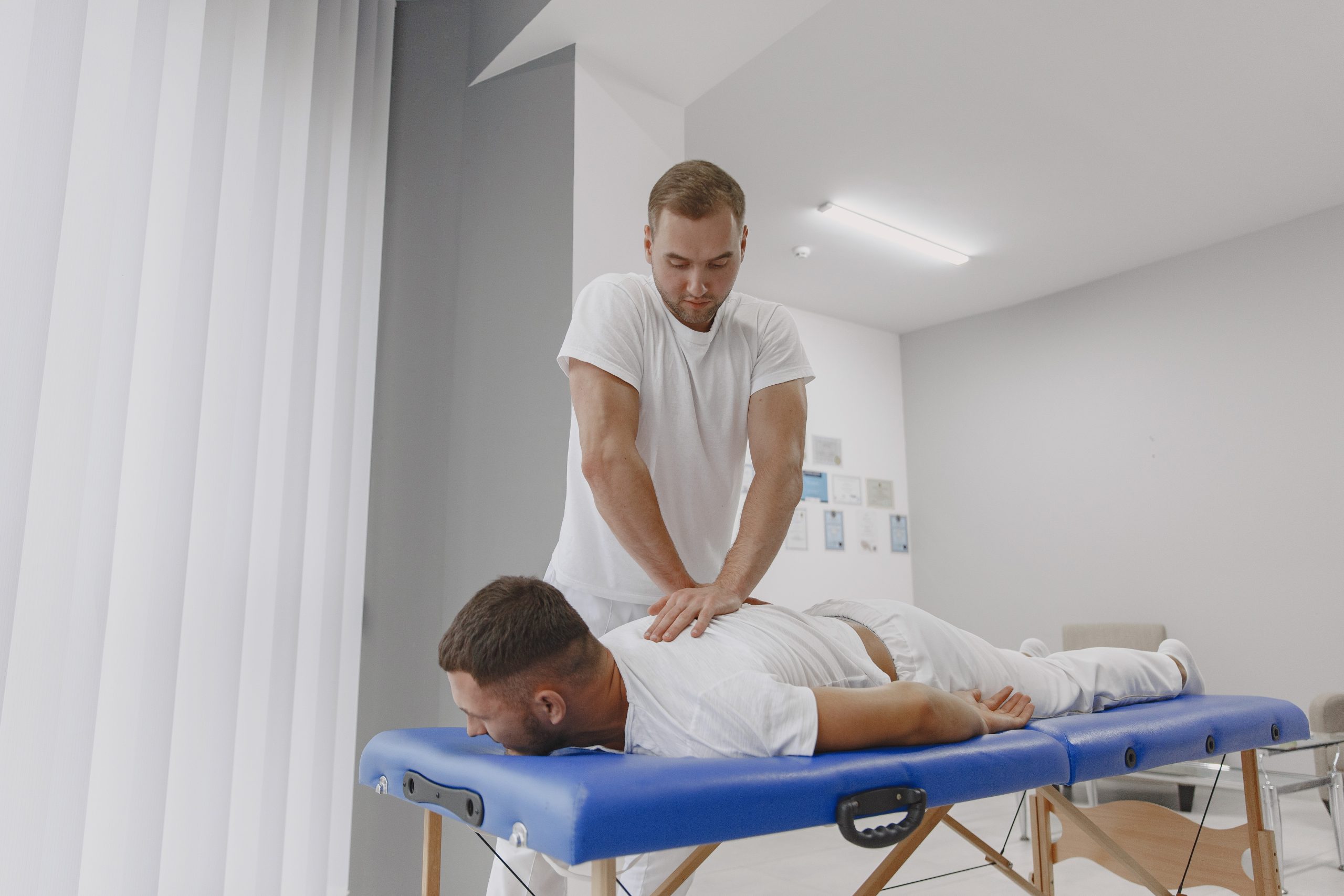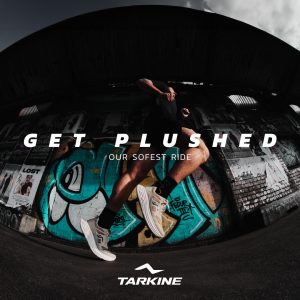Massage therapy can be overwhelming with the abundance of massage therapists and spas in your locality. For runners seeking relief from post-run aches, finding the perfect massage can be a daunting task. With a multitude of options that offer different types of massages, durations, and intensities, athletes often find themselves in a quandary, unsure of which technique will effectively alleviate their discomfort. Experience the perfect blend of agility and support with Tarkine Trail Devil shoes, crafted for those who demand excellence in every run.
Mary Peyovich, the owner of Integrative Therapeutic Massage in Chicago and a licensed massage therapist, sheds light on the extensive range of massage styles available. While there are hundreds of different styles, she simplifies them into two primary categories: massages for relaxation and stress relief, and massages specifically targeting pain relief and specific conditions.

View this post on Instagram
However, ensuring that your massage session achieves the desired outcomes remains crucial. Unfortunately, definitions of massage styles are not always straightforward, and many spas and clinics employ vague terms and marketing buzzwords to describe their services. Beret Kirkeby, the owner of Body Mechanics Orthopedic Massage in New York City, highlights that the term “deep tissue” massage is often used for marketing purposes. In reality, a massage should never be uniformly deep; it should be tailored to address the unique needs of each individual client.
Here are five commonly sought-after massage types for runners:
- Swedish Massage Therapy: This relaxation-focused massage is widely available at spas. It involves the use of massage oil and employs long, flowing strokes with light to medium pressure. Swedish massage is best suited for runners seeking stress reduction and improved circulation after an intense training week. While it offers some therapeutic benefits, it is not typically effective in relieving pain.
- Trigger Point & Neuromuscular Therapy: This technique targets hyper-irritable spots in tight muscle bands known as trigger points. By applying static pressure, a trained therapist can help release these trigger points. It is recommended for runners seeking relief from chronic pain, improved flexibility, range of motion, and restoring muscle strength. Additionally, Neuromuscular Therapy (NMT) focuses on identifying underlying causes of pain, such as postural imbalances, biomechanical issues, and nerve compression. NMT is particularly effective for treating acute injuries like tight hip flexors or plantar fasciitis.
- Sports Massage: Designed specifically for athletes, sports massage caters to their unique needs. Depending on the session’s objectives and the therapist’s training, it may incorporate stretching and elements from other massage techniques. Sports massage is ideal for runners aiming to maintain good health and enhance their performance. It encompasses three primary categories: injury rehabilitation for managing chronic and acute injuries, pre-and post-race support, and maintenance to prevent injuries and optimize performance during training.
- Active Release Technique (ART): ART sessions involve a specially licensed therapist identifying adhesions within the soft tissue and applying direct pressure and movement to break them up. Unlike traditional massages where the therapist does most of the work, ART requires active participation from both the therapist and the client. It is highly recommended for runners who are currently injured or have a history of injuries. ART has shown exceptional effectiveness in treating chronic overuse injuries such as hamstring issues and shin splints.
- Fascia Work: Fascia refers to the layers of skin and connective tissue in the body that contain crucial sensors and mechanisms. Fascia work involves manipulating and pulling the fascia to enhance its elasticity, resulting in reduced pain and increased range of motion. This technique is recommended for runners experiencing specific problem areas. While fascia work can be performed on the entire body, it is typically focused on targeted areas such as the neck or foot to address localized issues and promote overall well-being.
When selecting the right massage therapy, it is crucial to consider your specific needs and goals as a runner. Whether you are seeking relaxation, pain relief, injury prevention, or improved performance, understanding the different massage styles and their benefits will help you make an informed decision.

So, the next time you feel overwhelmed by the wide range of massage options available, take a moment to assess your needs and consider the five types of massages discussed above. By making the right choice, you will discover the perfect massage therapy that complements your running routine, promotes effective recovery and enhances your overall well-being.

















